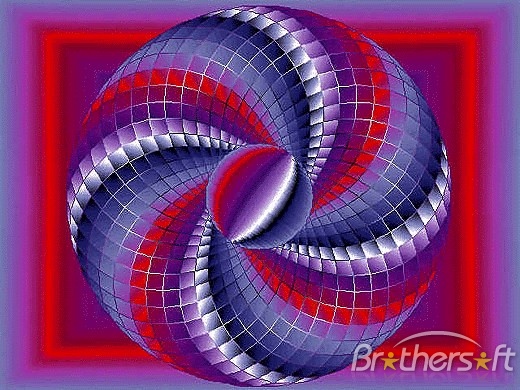
brothersoft
|
Try your best with practice of these websites. |

Links: |
Geometry and spatial sense are fundamental components of mathematics learning. They offer ways to interpret and reflect on our physical environment and can serve as tools for the study of other topics in mathematics and science. Geometry is a natural area of mathematics for the development of students' reasoning and justification skills that build across the grades. As the study of the relationships among shapes and their properties becomes more abstract, students should come to understand the role of definitions and theorems and be able to construct their own proofs. For example, students in high school should be able to prove that the area of a triangle formed by vertices that bisect the sides of a larger triangle equals one-fourth of the area of the larger triangle. Principles and Standards calls for geometry to be learned using concrete models, drawings, and dynamic software. With appropriate activities and tools and with teacher support, students can make and explore conjectures about geometry and reason carefully about geometric ideas. The geometric skills and concepts developed in this discipline are useful to all students. Aside from these skills and concepts, students will develop their ability to construct formal logical arguments and proofs in geometric settings and problems. Students find and use measures of sides, interior and exterior angles of triangles and polygons to classify figures and solve problems. |